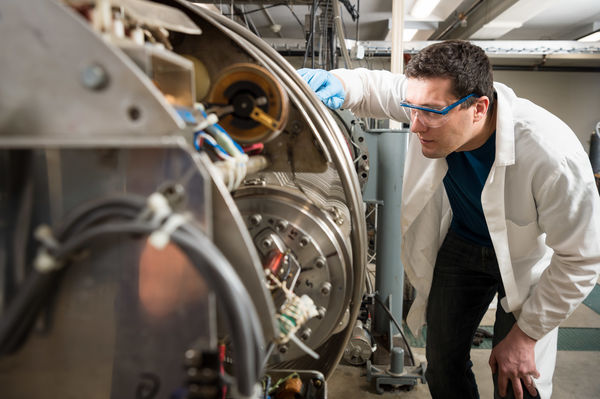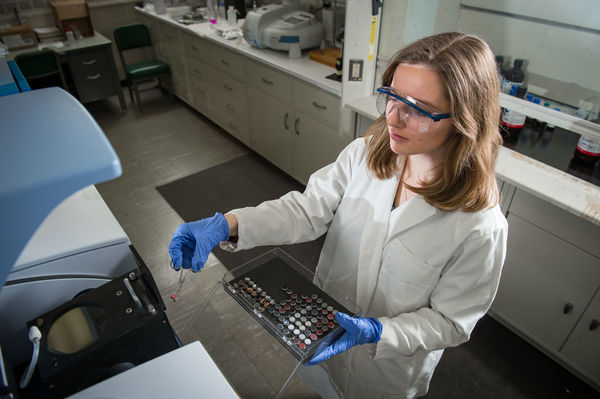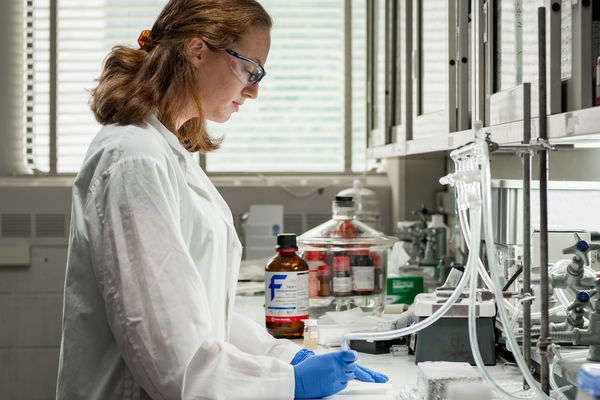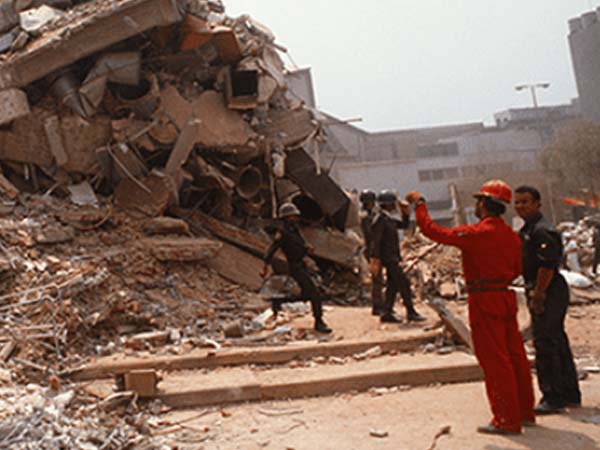NDLR conducts basic research into the fundamental chemical processes induced by ionizing radiation
Energy deposition and transport following the absorption of ionizing radiation are probed in media ranging from low-temperature ices, through aromatic liquids to supercritical fluids. Track structure effects and the structure, properties and reactions of the radicals formed in these tracks are addressed both experimentally, using a variety of time-resolved spectroscopic approaches and theoretically with computational simulation and ab initio electronic structure techniques
From energy deposition through medium decomposition

— addresses challenges ranging from the description the primary radiation-impact events, through modeling of the resulting ionization and excitation tracks, to the complementary use of non-traditional sources, such as plasmas, and highlights the importance of radiation effects in complicating modern structural characterization techniques
Probing radical structure and kinetics

— investigates both the structure and properties of the radiolytic species with a variety of time-resolved spectroscopic techniques. Optical, conductimetric, resonance Raman and electron spin approaches reveal the identity of these transients and allow us to uncover the kinetics and mechanisms of their many interactions
Basic radiation chemistry impacting nuclear power generation

— advances our fundamental knowledge on radiation chemical processes as they apply across the nuclear power industry in order to provide vital basic science for the management and further development of a safe and efficient energy source. Reactor water chemistry, self-radiolysis during waste separations and radiation stability in proposed storage media are all under investigation
Nanostructured light-harvesting assemblies

— aims to elucidate excited state dynamics in semiconductor quantum dots, metal nanoclusters, and hybrid architectures to improve photoconversion efficiencies in photocatalysis and solar cells. Energy and electron transfer among binary and ternary quantum dots, charge recombination and transport across gradient structures in mixed halide perovskites, and excited state interactions in semiconductor-metal coupled systems are all probed
Our wide range of experimental capabilities, coupled with the great depth of our in-house research experience, enables the NDRL to engage successfully with other funding opportunities. Currently these include Plasma-induced electrochemistry (AOR), Radiolytic dissolution of ceramics (DOE-NEUP), Conformational equilibria in oligosaccharides (NSF), Interfacial dynamics in radioactive environments (DOE-EFRC), Actinide center for excellence (NNSA), Molten salts in extreme environments (DOE-EFRC), Radiolysis in solvent extractions (DOE-NEUP), and Radiation effects on space volatiles (NASA).
April 3, 2024



